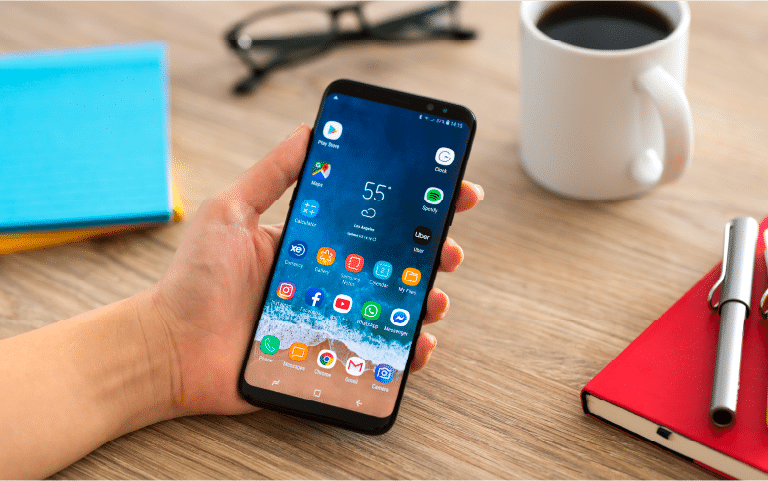NOWSECURE UNVEILS FIRST AUTOMATED OWASP MASVS V2.1 MOBILE APP SECURITY AND NEW PRIVACY TESTING
The depth and scope of NowSecure Platform testing gives customers assurance that their mobile AppSec programs meet the highest industry standard.

NOWSECURE UNVEILS FIRST AUTOMATED OWASP MASVS V2.1 MOBILE APP SECURITY AND NEW PRIVACY TESTING
NOWSECURE UNVEILS FIRST AUTOMATED OWASP MASVS V2.1 MOBILE APP SECURITY AND NEW PRIVACY TESTING
Show More









